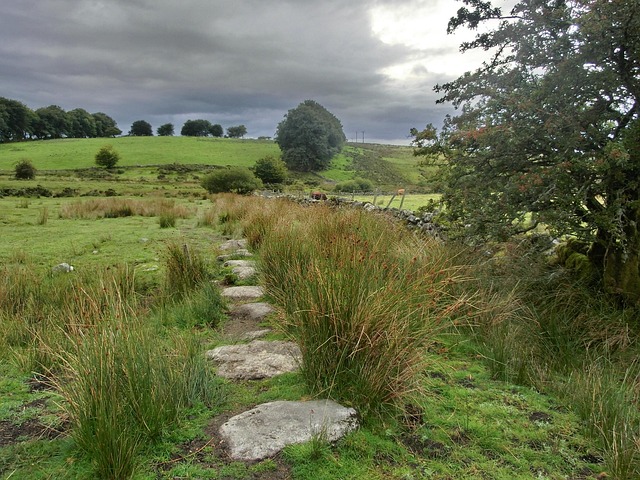A Schedule of Condition is a detailed report that documents the state of a property at a specific point in time. This report is typically used in the property and construction industries to provide a clear, unbiased record of a property’s condition before any lease agreements, construction projects, or property sales commence. It includes detailed descriptions and photographs of the property’s interior and exterior, highlighting any existing defects or areas of concern. This documentation is crucial for protecting the interests of all parties involved, as it serves as a reference point for assessing any future changes or damages to the property.
When is a Schedule of Condition Used?
Lease Agreements: Before a tenant moves into a property, a Schedule of Condition is often prepared to document the property’s state. This helps prevent disputes between landlords and tenants over responsibility for repairs and damages. By having a clear record of the property’s condition and layout at the start of the lease, both parties can avoid misunderstandings and potential legal issues. The usefulness of a Schedule of Condition in context to lease agreements extends to Dilapidations, as the presence of one enables the surveyors to accurately address any breaches of a given lease in context to the actual condition of the property at the commencement of the lease.
Construction Projects: In construction, a Schedule of Condition is used to document the state of adjacent properties before work begins. This is particularly important in urban areas where construction activities might affect neighbouring buildings. The schedule helps in resolving any claims of damage caused by the construction work.
Party Wall Act: A Schedule of Condition is particularly useful in party wall work, which involves construction or renovation activities that affect shared walls or structures between neighbouring properties. Here’s how it plays a crucial role:
1 Baseline Documentation: Before any construction begins, a Schedule of Condition provides a detailed record of the existing state of the adjoining property. This includes photographs and written descriptions of any pre-existing cracks, defects, or other issues. This baseline documentation is essential for resolving any disputes that may arise regarding damage caused by the party wall work.
2 Dispute Resolution: If the adjoining property owner claims that the construction work has caused damage to their property, the Schedule of Condition serves as a reference point. It helps party wall surveyors determine whether the damage was pre-existing or a result of the construction activities. This can prevent lengthy and costly disputes between neighbours.
3 Legal Protection: For both the building owner and the adjoining property owner, a Schedule of Condition provides legal protection. It ensures that any claims of damage can be objectively assessed based on documented evidence. This can be particularly important in urban areas where buildings are close together and construction activities can easily impact neighbouring properties.
4 Transparency and Trust: By documenting the condition of the adjoining property before work begins, both parties can enter the construction phase with a clear understanding of the property’s state. This transparency helps build trust and fosters a cooperative relationship between neighbours.
Our Building Surveyors can help you decide if, or when, a Schedule of Condition would be in your best interests. Please talk to us, or contact us through our Schedule of Condition page.





